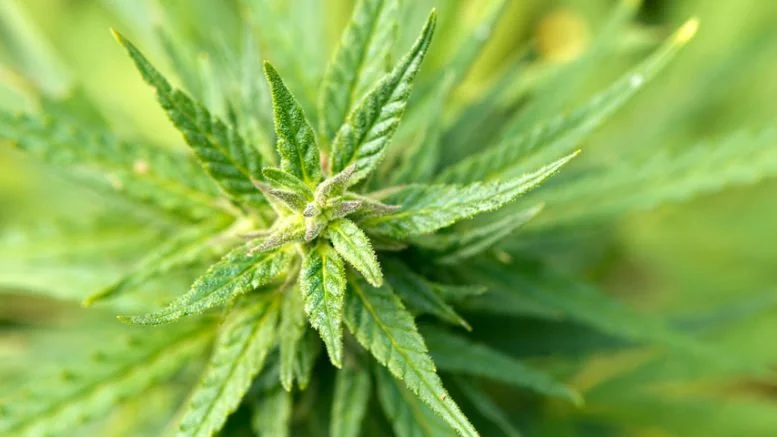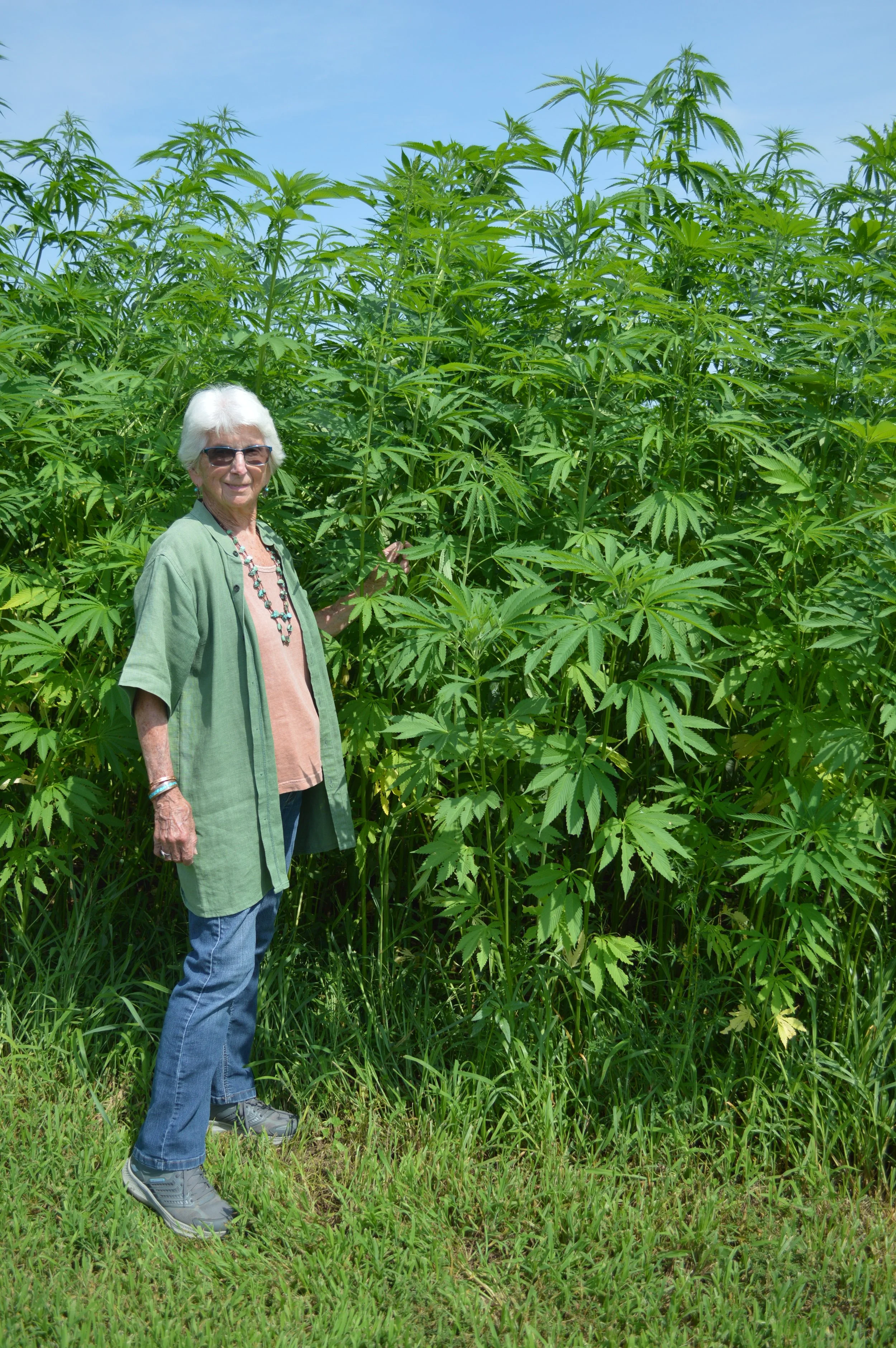JOAN’S HEMP NEWSLETTER
NEWS AS IT IS COMING IN
International Hemp Building Symposium to Convene at Lower Sioux Reservation in MN
By Jean Lotus
The 13th International Hemp Building Symposium (IHBS) is scheduled to take place from October 3–5 on the Lower Sioux Indian Community reservation in Morton, Minnesota. The event marks a historically significant collaboration, positioning the Lower Sioux Community at the forefront of sustainable and regenerative construction in North America.
SOUTH DAKOTA maintains hemp lead; Texas sees rapid growth
South Dakota has expanded its industrial hemp industry with a 22% increase in planted acres and a 27.6% rise in harvested acres, leading the US in hemp processing and fiber production, according to the US Department of Agriculture. Texas has rapidly increased its hemp acreage by 1,860%, though it has a processing shortfall.
Why do we want plastic made from hemp!
Hemp is a renewable source and easy to grow, as well has being environmentally friendly. For every 1 ton of fossil fuel-based plastic produced, up to 3.7 tons of CO2 is released into the atmosphere. For every ton of hemp grown, it can absorb 1.6 tons of CO2 from the air, making it one of the best carbon sequestration options on the planet. Hemp plastic can be biodegradable or compostable in a matter of just a couple months.
WHAT ARE YOU WEARING!!
Is it something made out of crude oil and old plastic bottles or is it natural clean fiber clothing???
Joan offers one-hour Hemp lectures.
In PERSON OR ZOOM
Why Industrial Hemp is so Important Today: Understand the difference between marijuana and industrial hemp, some history, plant itself and uses today. Why Hemp is very important to our environment as well as our fiber industry.
LEARN TO SPIN HEMP FIBER
www.Taproot Video.com
The quality of hemp paper is superior to tree-based paper. Hemp paper will last hundreds of years without degrading, can be recycled many more times than tree-based paper, and requires less toxic chemicals in the manufacturing process than paper made from trees.
Hemp can be used to produce fiberboards that are stronger and lighter than wood. Substituting hemp fiberboard for timber would further reduce the need to cut down on our forests.
Hemp can be used to produce strong, durable and environmentally friendly plastic substitutes. Thousands of products made from petroleum-based plastics can be produced from hemp-based composites.
It takes years for trees to grow until they can be harvested for paper or wood, but hemp is ready for harvesting only 120 days after it is planted. Hemp can grow on most land suitable for farming, while forests and tree farms require large tracts of land available in few locations. Harvesting hemp rather than trees would also eliminate erosion due to logging, thereby reducing topsoil loss and water pollution caused by soil runoff.
Hemp seeds contain a protein that is more nutritious and more economical to produce than soybean protein. Hemp seeds are not intoxicating. Hemp seed protein can be used to produce virtually any product made from soybean: tofu, veggie burgers, butter, cheese, salad oils, ice cream, milk, etc. Hemp seed can also be ground into a nutritious flour that can be used to produce baked goods such as pasta, cookies, and breads.
Hemp seed oil can be used to produce non-toxic diesel fuel, paint, varnish, detergent, ink and lubricating oil. Because hemp seeds account for up to half the weight of a mature hemp plant, hemp seed is a viable source for these products.
Just as corn can be converted into clean-burning ethanol fuel, so can hemp. Because hemp produces more biomass than any plant species (including corn) that can be grown in a wide range of climates and locations, hemp has great potential to become a major source of ethanol fuel.
Literally millions of wild hemp plants currently grow throughout the U.S. Wild hemp, like hemp grown for industrial use, has no drug properties because of its low THC content. U.S. marijuana laws prevent farmers from growing the same hemp plant that proliferates in nature by the millions.
From 1776 to 1937, hemp was a major American crop and textiles made from hemp were common. Yet, The American Textile Museum, The Smithsonian Institute, and most American history books contain no mention of hemp. The government's War on Drugs has created an atmosphere of self-censorship where speaking of hemp in a positive manner is considered politically incorrect or taboo.
United States Presidents George Washington and Thomas Jefferson grew hemp, used products made from hemp, and praised the hemp plant in some of their writings.
No other natural resource offers the potential of hemp. Cannabis Hemp is capable of producing significant quantities of paper, textiles, building materials, food, medicine, paint, detergent, varnish, oil, ink, and fuel. Unlike other crops, hemp can grow in most climates and on most farmland throughout the world with moderate water and fertilizer requirements, no pesticides, and no herbicides. Cannabis Hemp (also known as Indian Hemp) has enormous potential to become a major natural resource that can benefit both the economy and the environment.
Check out Bulk Hemp Warehouse a nice source of hemp fiber and information on hemp.
Panda Biotech's mechanical process redefines sustainable hemp fiber
Panda Biotech is revitalizing the US hemp industry with the launch of a traceable, high-performance hemp fiber suitable for mass production. The company's partnership with TDMI Twin Dragon has resulted in the first "Made in the Americas" hemp denim collection, showcased at Kingpins Amsterdam. Panda's 500,000-square-foot facility in Wichita Falls, Texas, uses a proprietary mechanical "cottonization" process to produce fiber without chemical degumming, making it eco-friendly and cost-competitive.
Full Story:Sourcing Journal (tiered subscription model)(7/9)
HEMP TRADER is a great site with a lot of excellent videos on growing, harvesting, and processing hemp fiber. www.hemptraders.com
Latest News Regarding Hemp and What is Happening
Stay toned as new news will be added as it comes to me.
GO TO: LET’S TALK HEMP on line.
Hemp plays a crucial role in cleaning and improving farmland through a process known as phytoremediation. Here's how hemp contributes to enhancing the quality of farmland:
Heavy Metal Removal
Hyperaccumulator:Hemp has the ability to absorb and accumulate heavy metals like cadmium, lead, and nickel from contaminated soil, storing them in its tissues.
INDUSTRIAL HEMP
On an annual basis, 1 acre of hemp will produce as much fiber as 2 to 3 acres of cotton. Hemp fiber is stronger and softer than cotton, lasts twice as long as cotton, and will not mildew.
Cotton grows only in moderate climates and requires more water than hemp; but hemp is frost tolerant, requires only moderate amounts of water, and grows in all 50 states. Cotton requires large quantities of pesticides and herbicides--50% of the world's pesticides/herbicides are used in the production of cotton. Hemp requires no pesticides, no herbicides, and only moderate amounts of fertilizer.
On an annual basis, 1 acre of hemp will produce as much paper as 2 to 4 acres of trees. From tissue paper to cardboard, all types of paper products can be produced from hemp.









